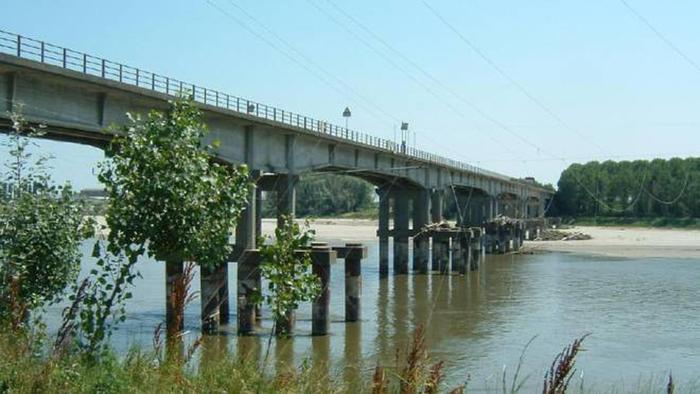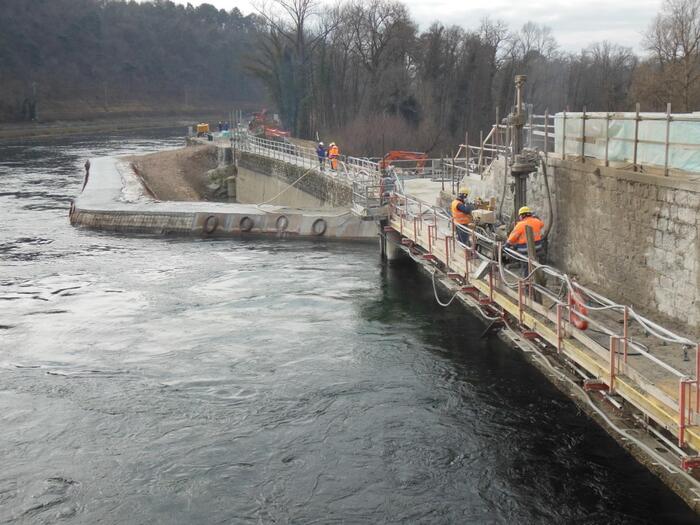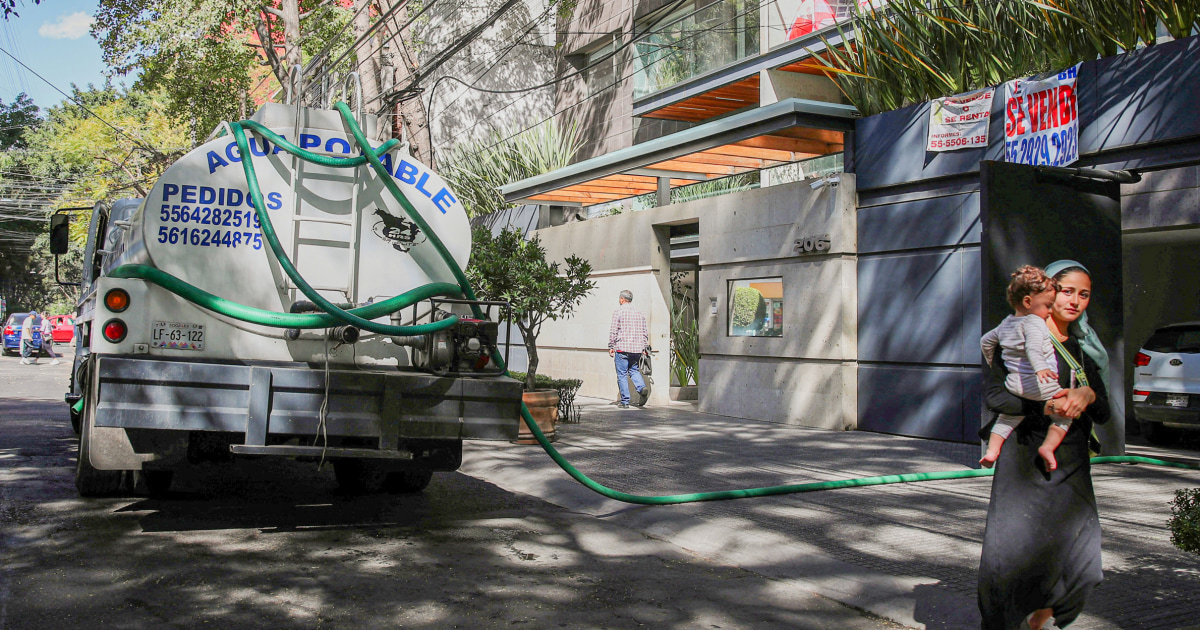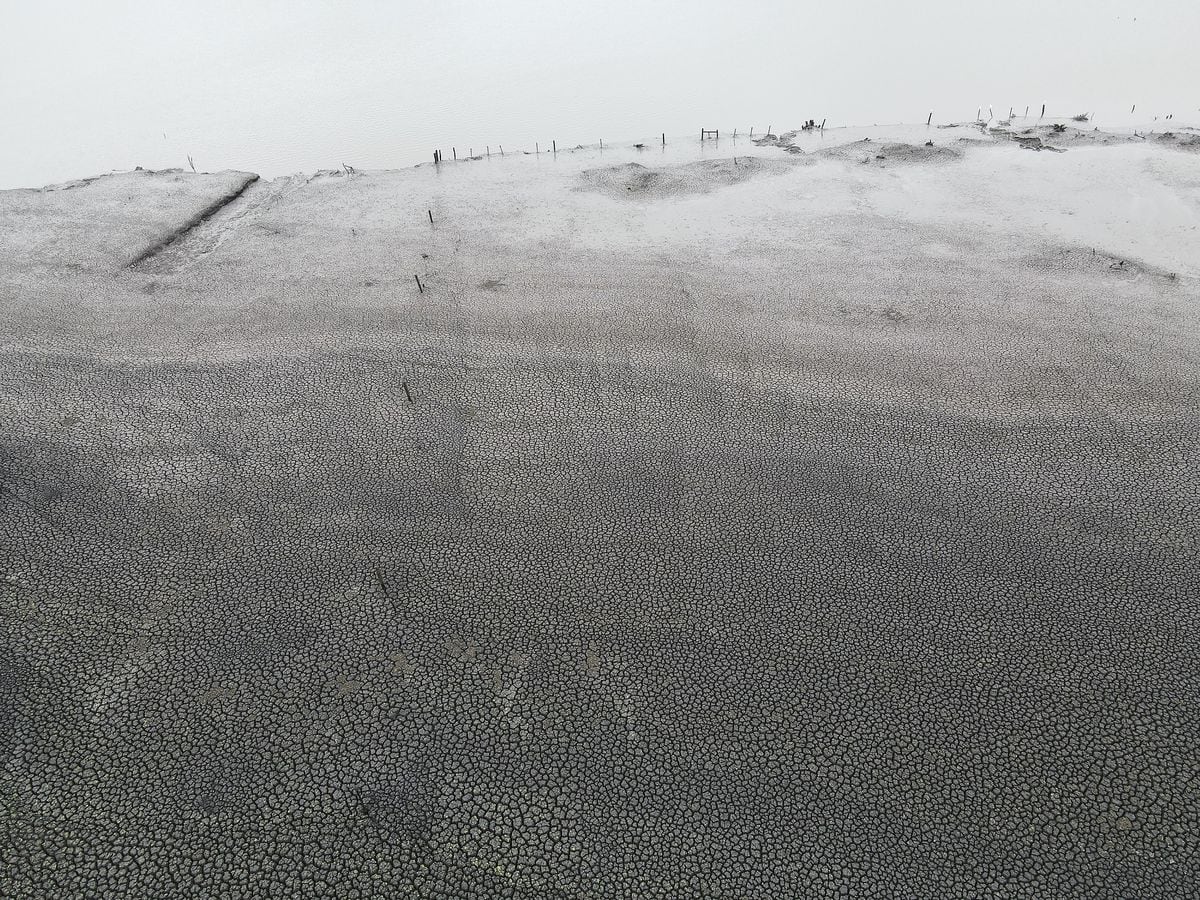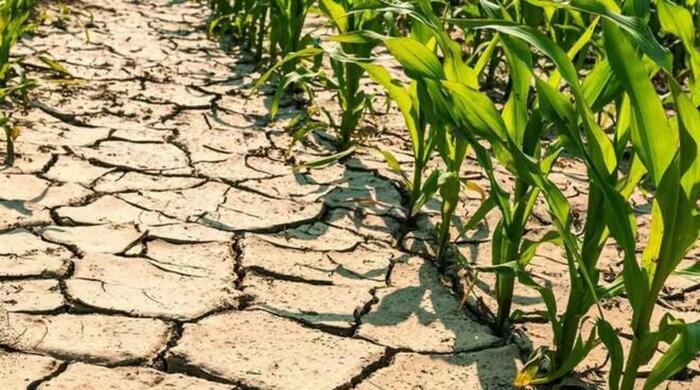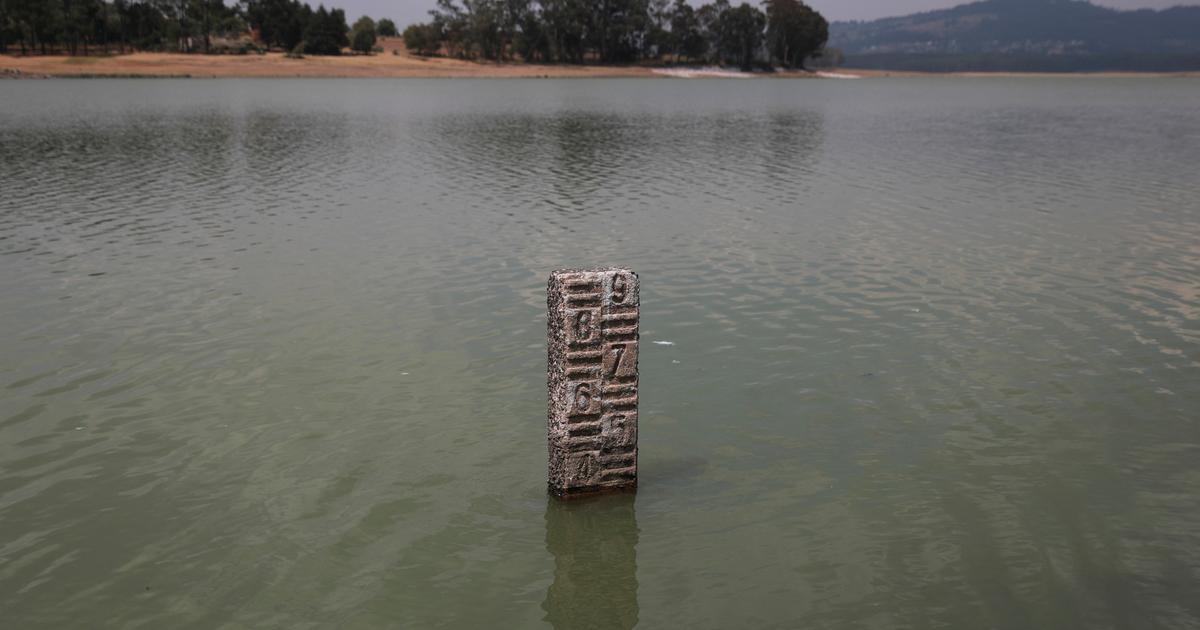The water crisis affecting the Po river basin "worsens and is serious", it is "an emergency in Piedmont and in the Delta, but the whole District is in difficulty".
Up to 40% less flow is recorded in the examined sections of the Po and up to 60% less in the tributaries.
It is the SOS launched by the Observatory on water crises which met today within the Po River District Authority-Ministry of Ecological Transition.
Several indicators of the water alert, in an advanced state, due to the persistent lack of snow, rain, the "severe aridity" of the soils and the progressive impoverishment of the underground strata.
At risk of covering water needs
- This winter, due to the simultaneous occurrence of several negative indices - from the collapse of precipitation to rising temperatures - is "particularly anomalous".
In addition, the risk, in the absence of imminent rains for the next few months, at the same time as water withdrawals for irrigation purposes, is the coverage of the needs of the Po valley.
This is the scenario outlined by the Po River District Authority-Ministry of Ecological Transition.
"All the forecast models - explains the authority - converge on climatic stability with low rainfall and rather high temperatures, which suggest that the current water availability will not be able to meet the needs of the first part of the summer and could generate a situation of strong stress for the
Water scarcity also weighs on hydroelectricity
- "At a time of evident collective concern for the country's energy supplies, even the scarcity of water present for the production of clean hydroelectric energy could become a further aggravating factor in a context that already fears, with potential negative effects on carbon emissions, a return to the use of hard coal ".
Thus the Po River District Authority-Ministry of Ecological Transition in the light of the meeting of the Permanent Observatory on Water Crises which raised the alarm on the serious drought situation for the Po River.
THE INDICATORS
- In February, according to what emerged from the Observatory, the expected rains fell scarcely and unevenly and did not bring relief and substantial improvements, while the average temperatures confirmed an increase trend of 3 degrees centigrade "which characterizes this anomalous winter as the second warmest of the last 40 years ".
Furthermore, "a mild and dry winter season like the one that is about to end had never been recorded".
All the indicators taken into consideration are close to the lows compared to the series from 1961 to today.
As for the
water flow
, a condition of marked winter hydrological drought persists throughout the Po river shaft, since the beginning of the year the flow rates (for all measuring stations) have always remained below average.
In February Piacenza was particularly bad.
Precipitation
situation
: the accumulated rains are well below the average of the 2006-2020 period and close to the minimum values.
Only February 2012 and 2020 recorded lower accumulations, making this winter the third driest in the last 65 years.
Among the most dangerous consequences are arid plains and mountain areas at potential fire risk.
The extent of the snowpack
across the Alps it is close to minimums and the total amount of water stored in this way is 70% lower than the seasonal average.
A figure, according to the Observatory, destined to worsen because the advance of the spring season prevents a "recharge" of the resource.
The Great Lakes and the Alpine and Apennine reservoirs
also suffer
, still discharged waiting for the rains.
Lake Maggiore is just above zero hydrometric.
Como and Iseo below zero hydrometric.
The low levels of the lakes represent a problem both for navigation, but also for the habitat.
The low rainfall of the period and the rise in sea level also contribute significantly to the advancement of the
saline wedge,
the intrusion of salty waters into fresh waters.
Phenomenon that at this moment affects a large stretch of the Adriatic coast near the Po River Delta, in the provinces of Rovigo and Ferrara, reaching an intrusion in the irrigated areas between 10 and 15 kilometers.

